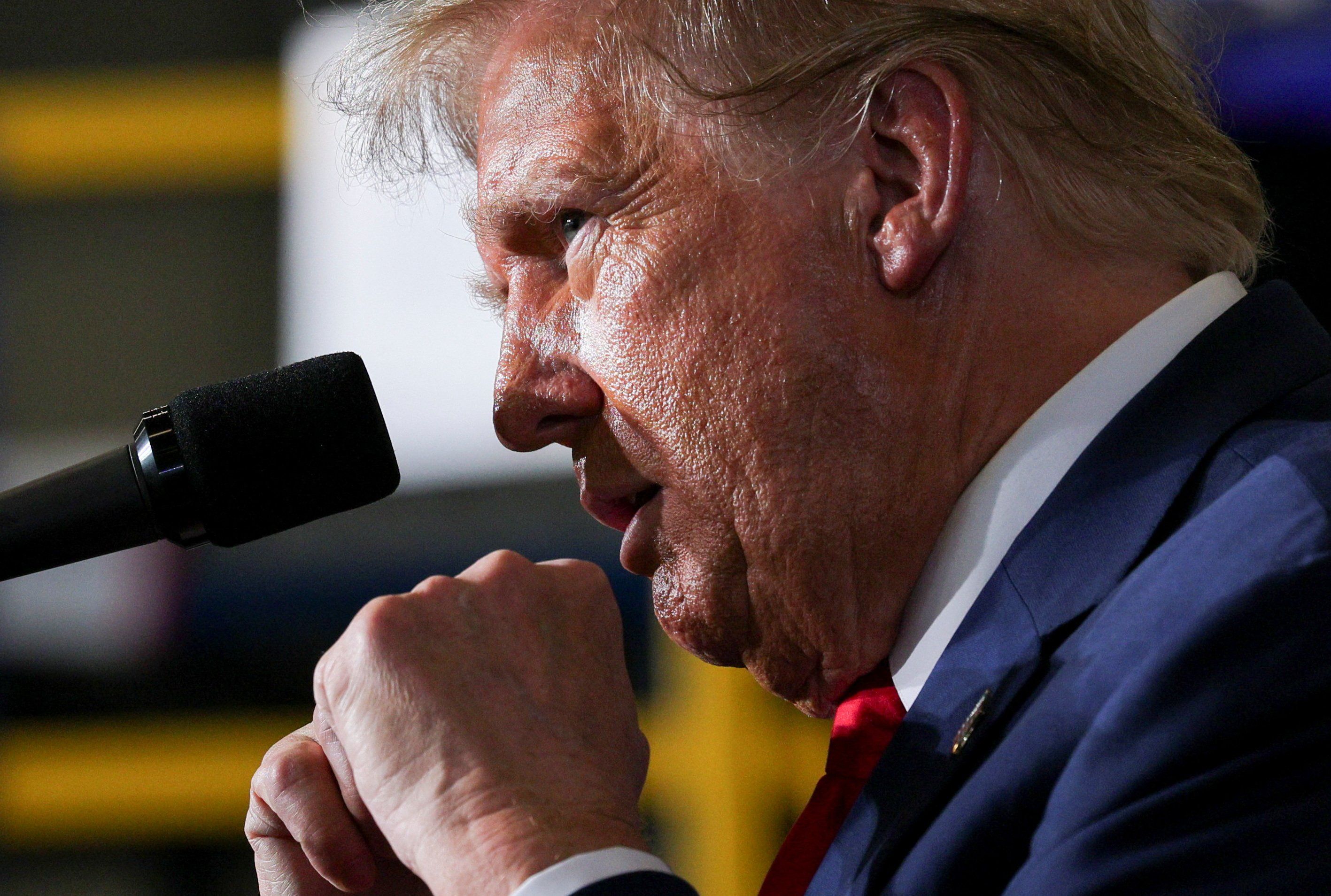Former President Donald Trump's campaign recently released internal polls showing their candidate winning by an average of two points in major swing states.
However, The National Review's Henry Olsen peeked a bit behind the curtain of the polls and found that some of the numbers simply do not add up.
In particular, Olsen expresses skepticism that Trump could be making as big gains with voters of color as his pollsters claim and still only be up an average of two points in the battleground states.
In fact, writes Olsen, the only way to really make the math work is if Trump isn't winning white voters at nearly the same rate he did in either 2016 or 2020.
"Trump’s own polling must show that he’s losing ground among white voters," writes Olsen. "That’s what the public polling averages show. The Cook Political Reportkeeps a running average of the polls by key demographic groups, and it shows Harris with a 17-point lead among whites with at least a four-year college degree. That’s nearly double the nine-point advantage the data on the Cook side said Biden had in 2020."
ALSO READ: 'Can't pass a background check': Tim Walz jabs at Trump's criminal conviction on The View
He then argues that such polling could prove particularly tricky in the three key Midwestern states that Trump won in 2016 and that Biden won back in 2020.
"The problem is that college-educated whites are most important in the Midwest, where Trump’s minority-driven gains are weakest," Olsen argues. "Factor these losses into the equation, and while Trump still leads or is tied in each of those states, he leads by frighteningly close margins. And the memo’s figures show much larger gains among non-whites than most public polling. If Trump is really only 15 points better on the margin with blacks and 20 among Hispanics, for example, those narrow leads turn into narrow losses — again."
